The structural complexity analysis approach is based on three steps:
1. 3D design and modeling integrating shapes and textures inspired by natural ecosystems to enhance structural diversity.
2. Extraction of six geometric and informational metrics from the 3D model (irregularities, roughness, orientations, spatial balance and diversity, etc.) and calculation of the Complexity Index (CI) for the proposed model.
These metrics reflect essential ecological needs such as the availability of spaces and surfaces, scale diversity, and micro-habitats to support a complex trophic network.
3. Comparative analysis following the method of Riera et al. (2024), positioning the values of the LINEUP OCEAN module (in blue) against those obtained for a reference biomimetic module (in orange) on a spider diagram.






